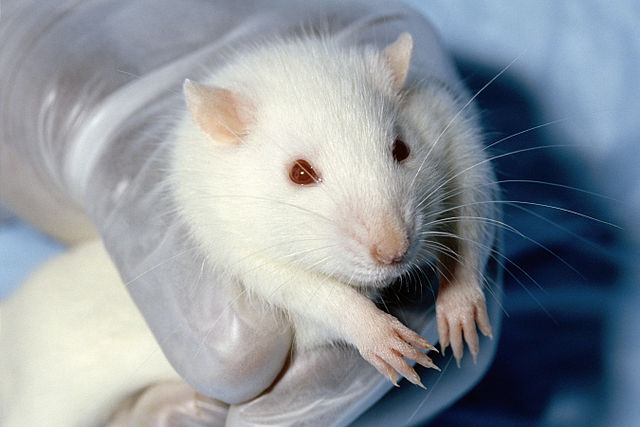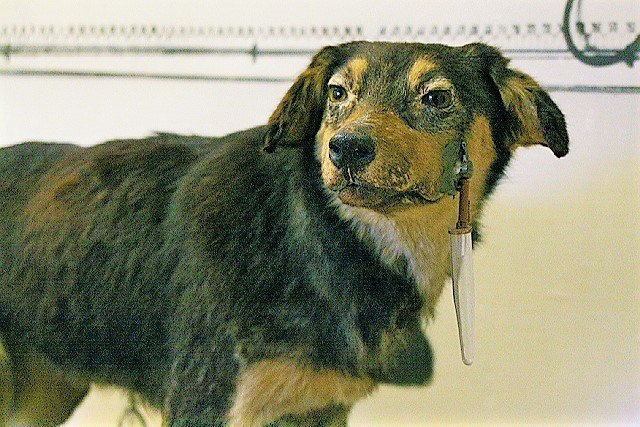Cruelty to Animals Act 1876
The Cruelty to Animals Act 1876 was an Act of the Parliament of the United Kingdom which set limits on the practice of, and instituted a licensing system for animal experimentation, amending the Cruelty to Animals Act 1849. It was a public general Act. The Act was replaced 110 years later by the Animals Act 1986.
A perception that the Cruelty to Animals Act 1876 was weak led to a libel suit, the erection of this monument to a vivisected "brown dog", and riots by medical students in 1907
Animal testing, also known as animal experimentation, animal research, and in vivo testing, is the use of non-human animals in experiments that seek to control the variables that affect the behavior or biological system under study. This approach can be contrasted with field studies in which animals are observed in their natural environments or habitats. Experimental research with animals is usually conducted in universities, medical schools, pharmaceutical companies, defense establishments, and commercial facilities that provide animal-testing services to the industry. The focus of animal testing varies on a continuum from pure research, focusing on developing fundamental knowledge of an organism, to applied research, which may focus on answering some questions of great practical importance, such as finding a cure for a disease. Examples of applied research include testing disease treatments, breeding, defense research, and toxicology, including cosmetics testing. In education, animal testing is sometimes a component of biology or psychology courses. The practice is regulated to varying degrees in different countries.

A Wistar laboratory rat
An Experiment on a Bird in an Air Pump, from 1768, by Joseph Wright
Claude Bernard, regarded as the "prince of vivisectors", argued that experiments on animals are "entirely conclusive for the toxicology and hygiene of man".
One of Pavlov's dogs with a saliva-catch container and tube surgically implanted in his muzzle, Pavlov Museum, 2005





